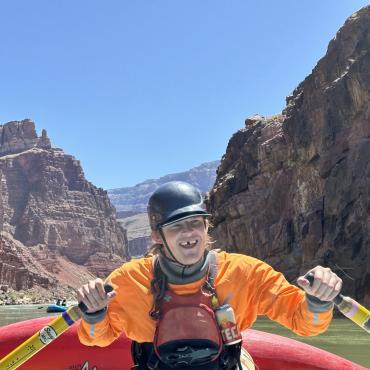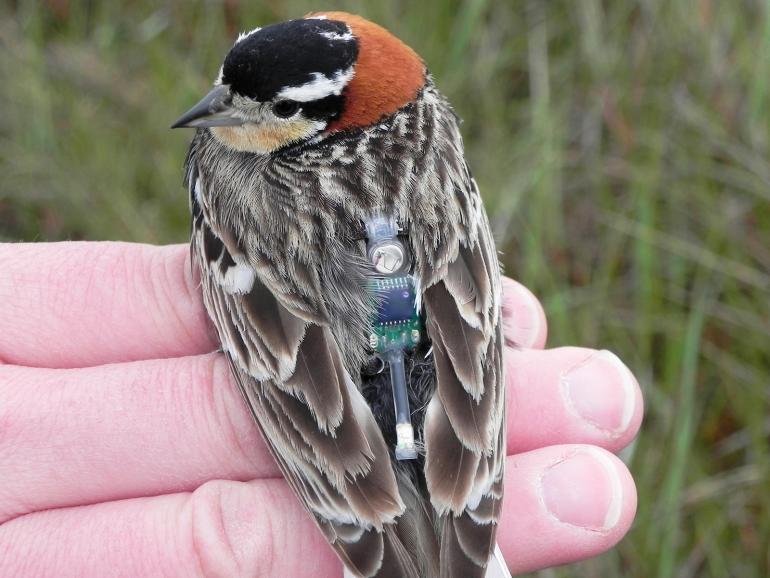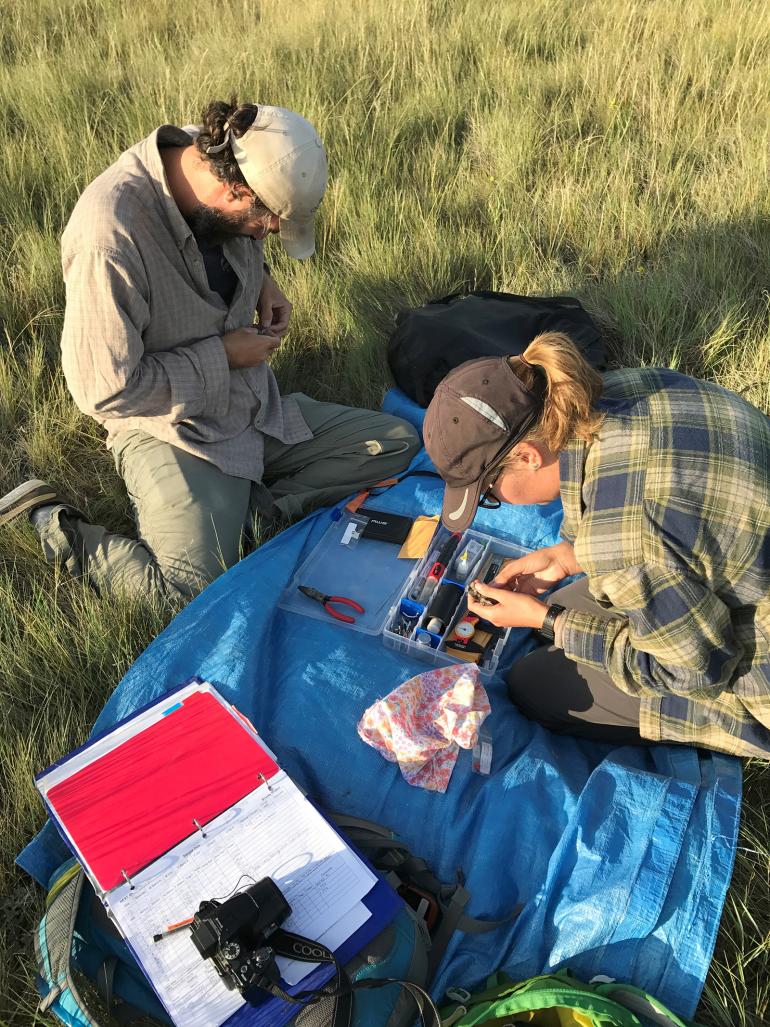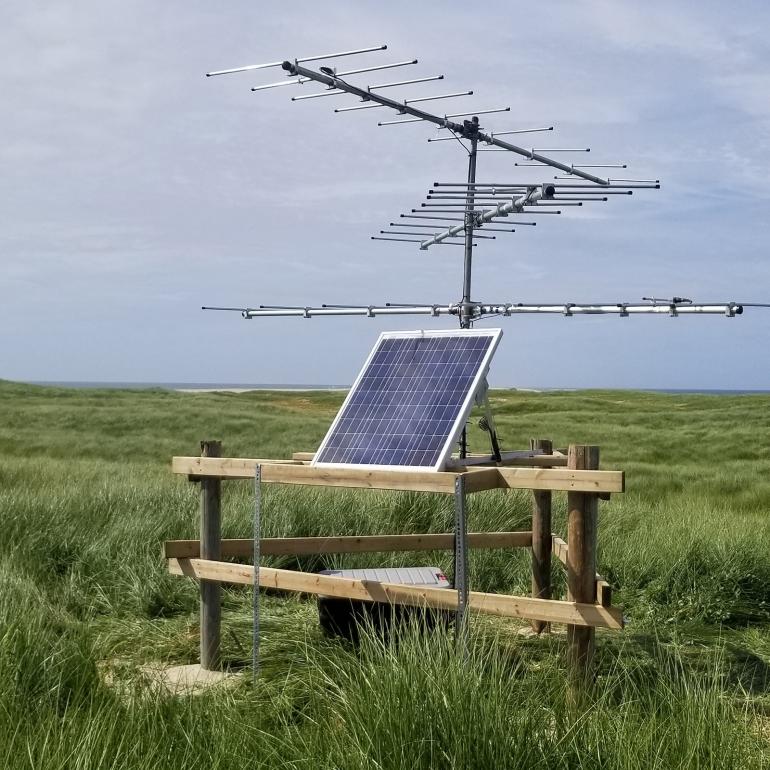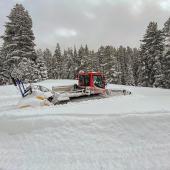The Power of the Towers
Sacajawea Audubon Society's new research tool.
Tracking and researching wild animals is a difficult task, and the smaller the creature, the harder it gets. Harder still is tracking species that can fly and cover huge swaths of land over a one-year period, and sometimes the old-school methods just don’t cut it. When it comes to conservation and preservation of our wild spaces and the critters that inhabit them, knowledge is power.
So, in an effort to better understand the migratory patterns of birds—particularly species of concern—the Sacajawea Audubon Society (SAS) has partnered with Montana Fish, Wildlife & Parks and the American Bird Conservancy to install three "Motus" towers across southwest Montana. In doing so, SAS
“There aren't many projects that are local like this and yet contribute in such a great way to an international collaboration. We are very honored, and excited to be a part of it." —Doug McSpadden
Currently, there are 2,180 Motus stations in 34 countries across the world, 37 of which are in Montana. Using telemetry, the towers pick up radio frequencies emitted from tagged specimens to record their movements and nesting patterns. The majority of the towers are located in the Bitterroot Valley and along the shores of Fort Peck, though in the Gallatin Valley and GYE—important thoroughfares for birds—there are no towers at all. As a result, researchers and conservation groups in southwest Montana have had to use rudimentary means of tracking such as banding to collect data.
While the system may sound high-tech, it’s actually quite simple. Birds are first captured by researchers and tagged with a miniature, lightweight, non-invasive transceiver harness—so small, in fact, that the harnesses have been successfully used on Monarch butterflies and dragonflies. The birds are then released back into the wild to continue living, migrating, and reproducing. Each tag emits a unique signal, allowing researchers to track the species movement and migration patterns while enabling receiving sites to simultaneously record information from thousands of specimens.
The receiving stations themselves are the most rudimentary aspect of the whole process. Rather than some sort of enormous satellite dish straight out of a sci-fi movie, Motus towers are simply old-fashioned radio antennas. Given the relative austerity of the equipment, it’s truly impressive how much data can be collected on tagged species. With this information, researchers and conservationists alike can begin to understand how species move, what their primary habit zones are, and what steps ought to be taken to ensure their protection and longevity.
Currently, there are 2,180 Motus stations in 34 countries across the world, 37 of which are in Montana. But in the Gallatin Valley and GYE—important thoroughfares for birds—there are no towers at all.
While the Motus system may be simple, it’s not exactly cheap. On top of that, it’s simply not enough to just set up the antennas. Like a truck, or any piece of gear, there’s maintenance, upkeep, and all sorts of various odds & ends necessary to keep things moving. However, for as integral as the Motus system could be for tracking and researching birds in our area, it would only cost half as much as a new truck—around $40,000. This sum would not only cover the cost of erecting towers in the Bozeman area, but also the necessary radio frequency tags, labor costs of tagging local birds, and maintenance of the three tower sites. All said, it’s a pretty damn good deal for the data and intel we get in return.
The plan is fairly simple: place three towers between the Yellowstone and Jefferson rivers and create a Motus tracking “fence” to monitor bird activity. SAS
“There aren't many projects that are local like this and yet contribute in such a great way to an international collaboration," says SAS board member Doug McSpadden. "We are very honored, and excited to be a part of it." By using Motus towers, researchers everywhere can participate in large-scale monitoring of migratory birds across the world and benefit from each other’s work. The more you learn, the more you wonder why we haven’t gotten around to installing them sooner.
To accomplish this goal, SAS has set out to raise the necessary $40k by asking members and non-members alike to contribute. They are currently accepting donations online and through the mail, though their primary effort will be during Give Big 2025 in early May. If you’ve got some extra cash lying around, or just want to see this project come to fruition, be sure to chip in. Big or small, your support will go a long way. Learn more here, and be sure not to miss the Motus towers demonstration tours at the Indreland Audubon Wetland Preserve on April 26th and May 2nd.

